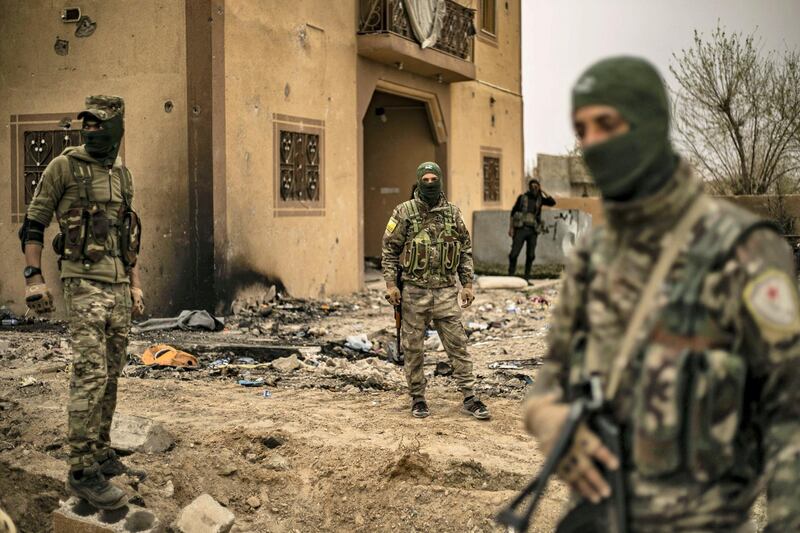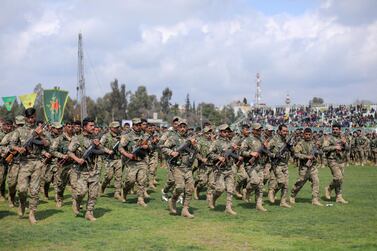We have been here before. When the US withdrew from Iraq in 2011 it left behind a country with political woes and a security vacuum that contributed to the emergence of ISIS, which subsequently was able to seize large areas of Iraq and Syria as the foundation of its so-called caliphate.
Today, despite US President Donald Trump’s premature declaration in February that ISIS has been successfully defeated in Syria, it is clear that the terror group remains active there.
In Syria, as in Iraq, ISIS has transitioned smoothly from an aspirant territory-controlling state to an elusive insurgency. This outcome was predictable and, indeed, was predicted – by senior figures in the US military.
Last month a report by the office of the inspector general of the US Department of Defence spelt out in graphic detail the consequences of US military disengagement in Iraq and Syria.
In the three months from April to June, ISIS had developed its insurgent capabilities in Syria and Iraq, carrying out assassinations, suicide bombings, abductions and arson attacks on crops in both countries.
The problems that pre-dated the ISIS declaring its false caliphate in 2014, including the failure of politics in both Syria and Iraq, continue. Syria is fragmented with various extremist groups taking advantage of the situation.
The continued threat of ISIS is painfully clear to see in the Kurdish-controlled areas of north-east Syria, where only months after the SDF recaptured the last remaining territory held by ISIS the US-backed force is coming under increasing attack.
As an insurgency not restricted by the need to defend territory, ISIS is now free to exploit the complex ethnic and religious lines fracturing the region. In Syria, it is busy exploiting ethnic tensions between Kurds and Arabs. The SDF now dominates large areas that are not solely inhabited by Kurds and the group is comprised of 50 per cent of Arab fighters.
The world had the Kurdish People’s Protection Units (YPG) to thank for stalling the spread of ISIS in Syria in 2014, a determined resistance that earned the group the support of the US. In 2015, the YPG joined forces with Christian, Arab and Turkmen militants to form the SDF which, with the support of US air power, successfully evicted ISIS from much of Syria.
Now, however, the SDF appears increasingly isolated, abandoned by the US and being squeezed by a Turkey determined to stamp out what it sees as the Syrian branch of the Kurdistan Workers’ Party (PKK), which has fought an insurgency against Ankara for decades.
On Sunday, a joint US-Turkey patrol conspicuously flying the flags of the two nations crossed over the border into north-east Syria, as part of planning for a safe zone in the north-eastern part of the country that until now has been controlled by Kurdish forces.
Ankara’s motives are clear – to create a buffer zone between it and the Kurdish forces it considers a threat to Turkey.
America, focused on appeasing its valuable Nato ally Turkey, and Ankara intent on eradicating what it sees as the danger from Kurdish militants, may yet both regret turning a politically convenient blind eye to the very real and growing threat posed by a resurgent ISIS in Syria.






